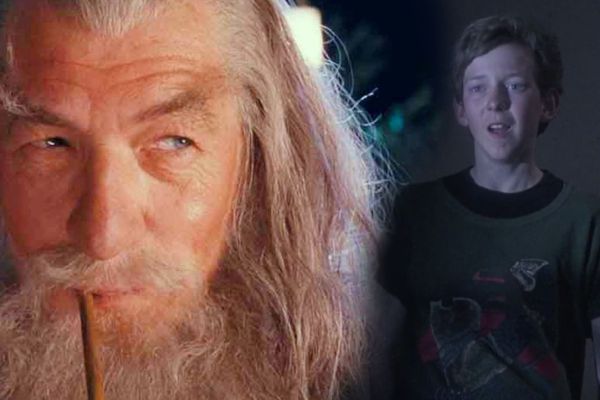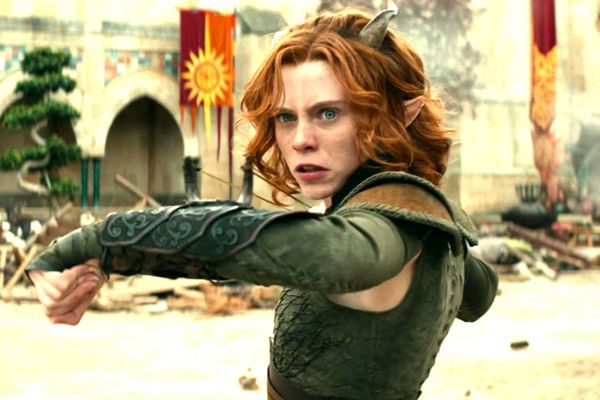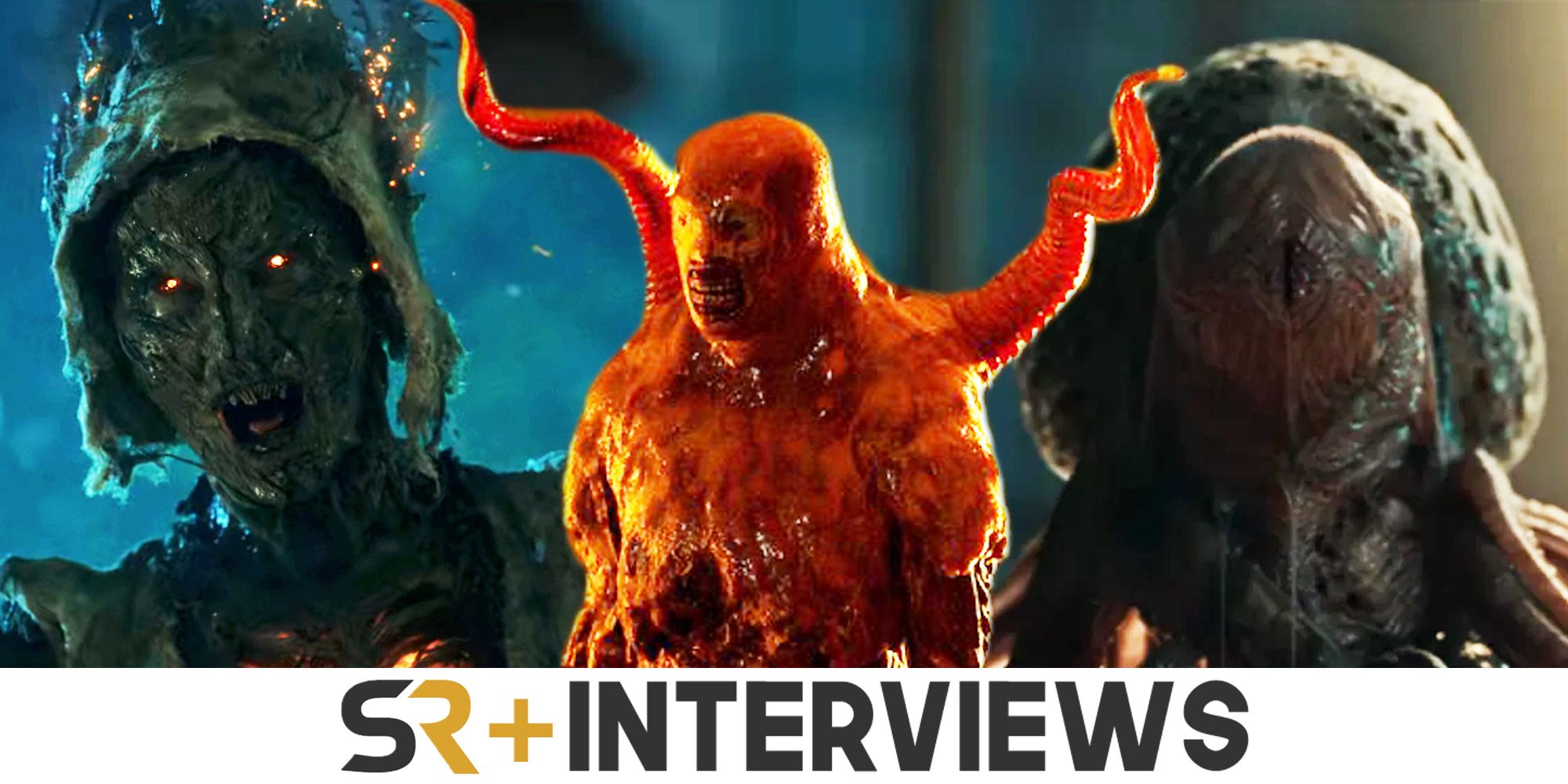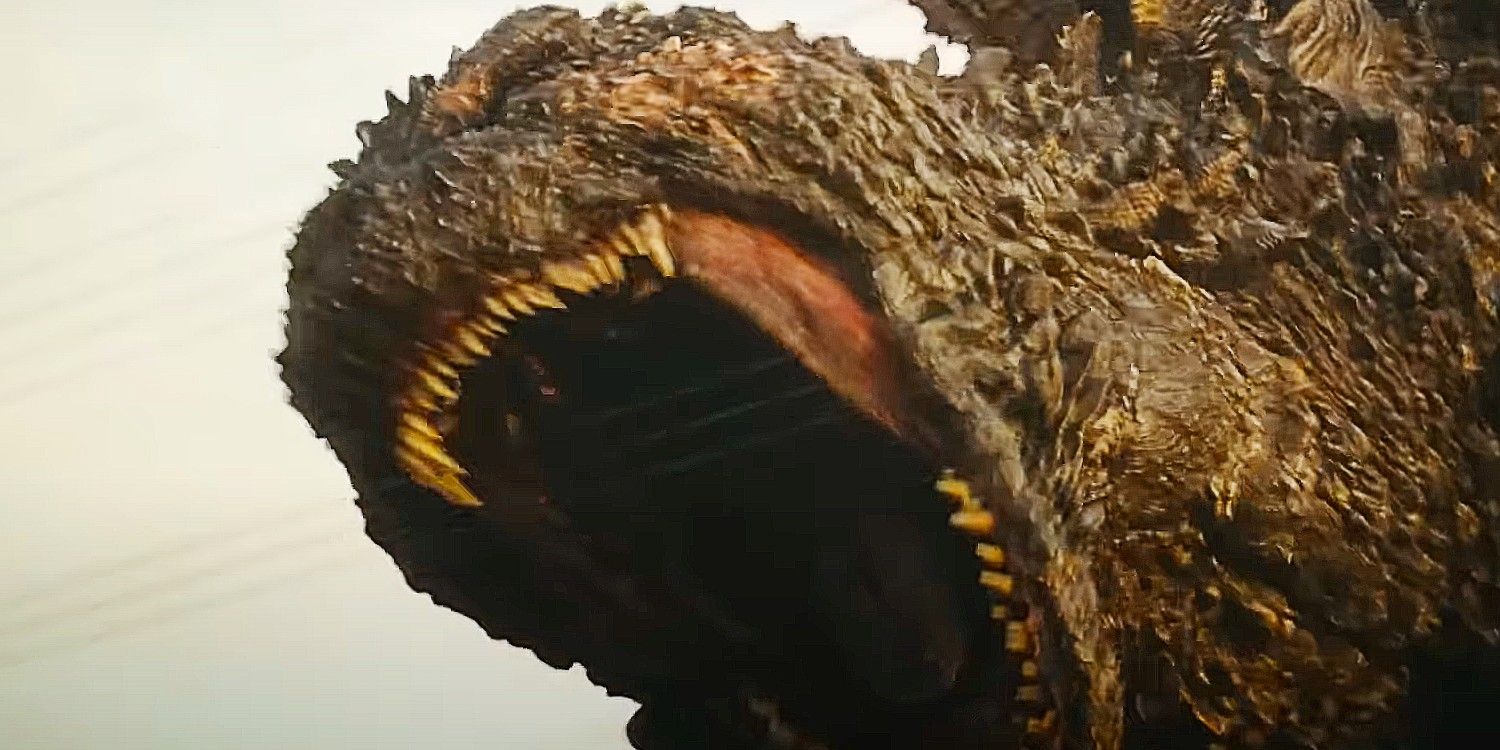
The Innovative CGI and Practical Effects
1998's Godzilla made waves in the film industry with its innovative use of CGI and practical effects, setting a new standard for monster movies. VFX artists have revisited the movie and praised the effects that were ahead of their time, shedding new light on the film's visual accomplishments. Directed by Roland Emmerich, the American reimagining of the iconic kaiju introduced a fresh take on the monster in a New York City setting. While the movie faced criticism for deviating from the original Japanese franchise, its visual effects have received renewed appreciation.
Zilla in Manhattan in Godzilla 1998-1
The analysis by Corridor Crew, which delves into the CGI and practical effects of Godzilla 1998, reveals the meticulous work that went into creating the larger-than-life sequences. Notably, the combination of CGI and practical effects throughout the movie provided audiences with a unique and immersive experience, showcasing the dedication of the filmmaking team to bring the colossal creature to life. The Crew's examination brings to light the intricate details behind iconic scenes, such as the pier-breaking sequence, where miniature models and CGI were seamlessly integrated to achieve a stunning visual impact.
One of the fascinating insights shared by the VFX artists is the attention to detail in the implementation of CGI and practical effects. They highlight the use of a smaller version of the pier and a scale Godzilla model, combined with computer-generated imagery, to create the breathtaking sequence. The combination of elements, including the chain link fence in front of the miniature set, further enhanced the realism of the scene, demonstrating the artistry and technical skill involved in the filmmaking process.
The Impact and Legacy of Godzilla 1998
Despite facing criticism for its departure from the traditional Godzilla themes, the 1998 rendition of the kaiju left a lasting impact on the film industry. The movie's heavy reliance on CGI before it became widespread showcased the potential of visual effects in creating larger-than-life spectacles. While the rendering and shading of Godzilla may appear dated by today's standards, the seamless integration of CGI with live-action footage continues to be la point of praise.
Moreover, the film's use of compositing in the fire scene has been hailed as groundbreaking, even by contemporary standards. The intricate compositing work brought to life awe-inspiring visuals, elevating the movie's impact on audiences. Despite the criticisms directed at Godzilla 1998, its utilization of CGI and practical effects marked a significant milestone in the evolution of visual effects in cinema.
The legacy of Godzilla 1998 extends beyond its initial reception, as it laid the groundwork for the revitalization of the franchise in the West. The subsequent Monsterverse, initiated by Legendary Entertainment, breathed new life into the iconic kaiju and other classic Toho monsters. The Monsterverse, featuring timeless creatures like King Kong, has garnered positive reactions from audiences, signaling a successful resurgence of the franchise. With the upcoming release of Godzilla x Kong: The New Empire, the franchise continues to captivate audiences with its larger-than-life spectacles and enduring legacy.
The Resurgence of Godzilla and Future Developments
In recent years, Godzilla has experienced a significant resurgence, with new releases and ongoing developments captivating audiences worldwide. The release of Godzilla Minus One in Japan and the weekly series Monarch: Legacy of Monsters from the Monsterverse have reignited interest in the iconic kaiju and its universe. The continuous exploration of the Monsterverse on platforms like Apple TV+ has provided fans with new narratives and adventures, further solidifying the enduring appeal of Godzilla and its associated characters.
While the 1998 adaptation faced criticism, its impact on the franchise's trajectory cannot be overlooked. The utilization of CGI and practical effects, despite the movie's reception, paved the way for the successful Monsterverse, which has garnered widespread acclaim. Emmerich's version of Godzilla, with its innovative visual effects and enduring legacy, remains a significant chapter in the decades-long history of the franchise, showcasing the resilience and evolution of the iconic kaiju in the world of cinema.














